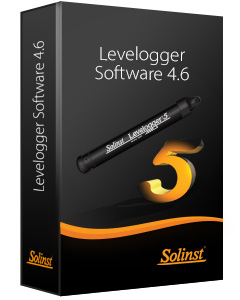The influence of barometric pressure on a groundwater surface can follow three scenarios. In confined aquifers with capillary or vadose head space, increased atmospheric pressure can tighten the pore spaces in the overlying soil and produce a capillary effect as the water level rises in response to having nowhere else to go but up. Second, some deeper aquifer systems can be quite barometrically isolated from the relatively small change in level that barometric influences can produce. The third scenario occurs in an unconfined aquifer, with high barometric efficiency, in which a barometric pressure change results in an equivalent or highly proportional drop or rise in groundwater pressure. In essence, depending on the aquifer type and depth, increased barometric pressure can result in either increased, static or decreased water levels. Barometric efficiency, the relationship of a barometric change on groundwater pressure, in confined aquifers generally ranges from 20 to 75%, whereas in unconfined aquifers the efficiency can range from 80 - 100%.
A second important element of Barometric efficiency is time lag – the time differential between a unit change in barometric at the surface to the time of transmission of that change to the aquifer. Calculating general barometric efficiency should not be done on a single barometric event, but rather on a statistically significant number of events. As a result, it may take a month or more of submerged Levelogger and Barologger data to determine barometric efficiency and time lag. As Barometric pressure fluctuates over time in excess of 60 cm water column equivalent pressure and as barometric efficiency can be such an important factor in accurately monitoring groundwater levels, it is vital that barometric compensation of the Levelogger data be performed.
The absolute pressure method used in the Levelogger and Barologger provide the user with the data necessary to determine barometric efficiency and time lag. If a barometric efficiency value has been determined from the Levelogger and Barologger data, that value can be applied to Barologger data in the Data Wizard.
Wells puncturing an aquifer have a negligible to non-existent effect on directly transmitting barometric changes to the larger aquifer. Barometric pressure is transmitted through overlying layers. To obtain the best and most accurate long term water level readings from Leveloggers, the user must first understand how the Levelogger calculates a depth of water above the transducer and second whether barometric efficiency should be considered in barometric compensation.




